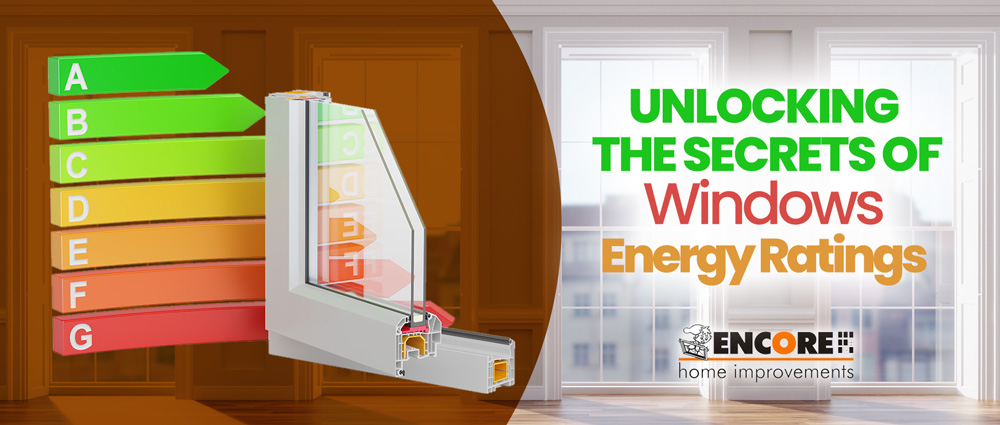Unlocking the Secrets of Window Energy Ratings
- Details
- Written by Hammer
- Category: Windows
- Hits: 1298

In today's world, we evaluate the performance of various products, from cars' gas consumption to appliances' electricity usage. For homeowners, Energy Star ratings are trusted guides for making informed purchases.
One significant source of energy loss in homes is through windows and doors. Understanding their Energy Ratings is crucial.
But what do these terms mean? What is a thermal window? A thermal window comprises two separate glass pieces, sealed with a spacer bar, fitting into a window frame.
Are all residential windows thermal? Yes, in the last few decades, all residential windows installed are thermal, with high-performance options now featuring triple glazing and two airspaces.
 How is performance measured, and what do the ratings signify?
How is performance measured, and what do the ratings signify?
- U-Factor: Measures heat transfer per time, area, and temperature difference. A lower U-factor indicates slower heat transfer, expressed in W/m2·K. Energy Star qualification requires a maximum of 1.22 W/m2·K.
- Solar Heat Gain Coefficient (SHGC): Indicates the ratio of solar heat gain to incident solar radiation. A higher SHGC means less reflective glass, typically ranging from .40 to .60 in good North American windows.
- Air Leakage: Measures airflow through fenestration products in L/s/m2. Lower values are better, expressed in 1 decimal point.
- Energy Rating (ER): A unitless value balancing heat loss, air leakage, and passive solar gain. The ER equation considers SHGC, U-factor, and air leakage, with Energy Star windows requiring a minimum of 34.
Additional ratings include VT (visible light) on a 0-1 scale, indicating clearer glass, and STC (sound transmission co-efficient) on a 0-100 scale, indicating better noise reduction.
In summary, understanding window ratings can be complex. Contact us now for a clear explanation before making your purchase.


